I had the pleasure of speaking at the Annual Meeting of Engineers PEI today in Charlottetown, with a talk I called The Government That Swallowed a Pond (Using Open Data and GIS to Inform Policy and Influence Behaviour).
I used the opportunity to expand on my August talk at the Applied Geospatial Research in Public Policy Workshop, Where PEI Public Servants Live and Work (and can we get them to leave their cars at home?); since I prepared the data for that talk I’ve received additional data from the Province of PEI on the home and work locations of government workers (up from 4,519 people to 13,211 — it turns out that if you ask for “each employee of the PEI public service, across all departments and agencies” you don’t actually get everyone; I had to submit three additional access requests). I’ve also explored additional capabilities of QGIS, especially its ability to bulk-calculate driving directions using Openrouteservice.
And I added some images of lovely postcards of Government Pond collected by the late Boyde Beck:
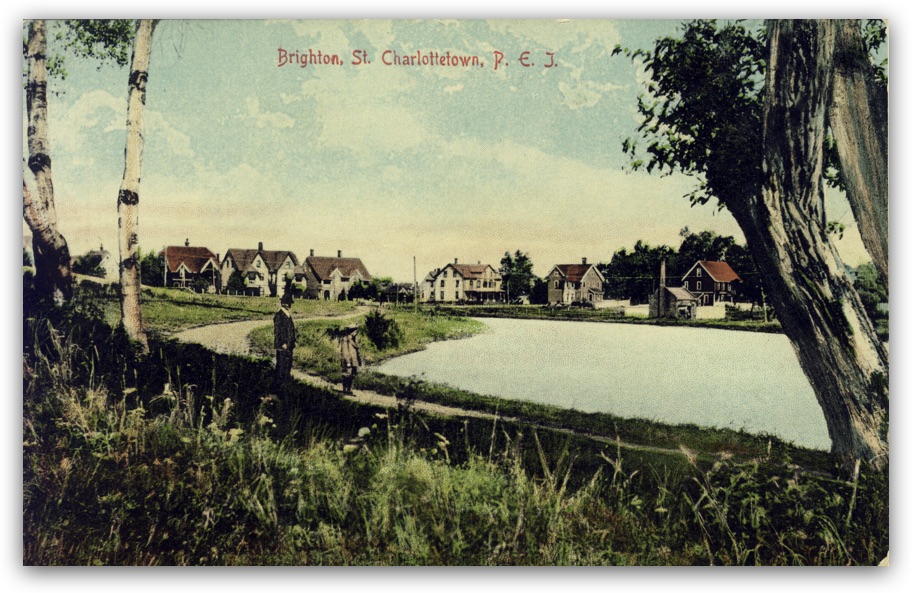
Images that look a lot different from the view of Government Pond one sees today:
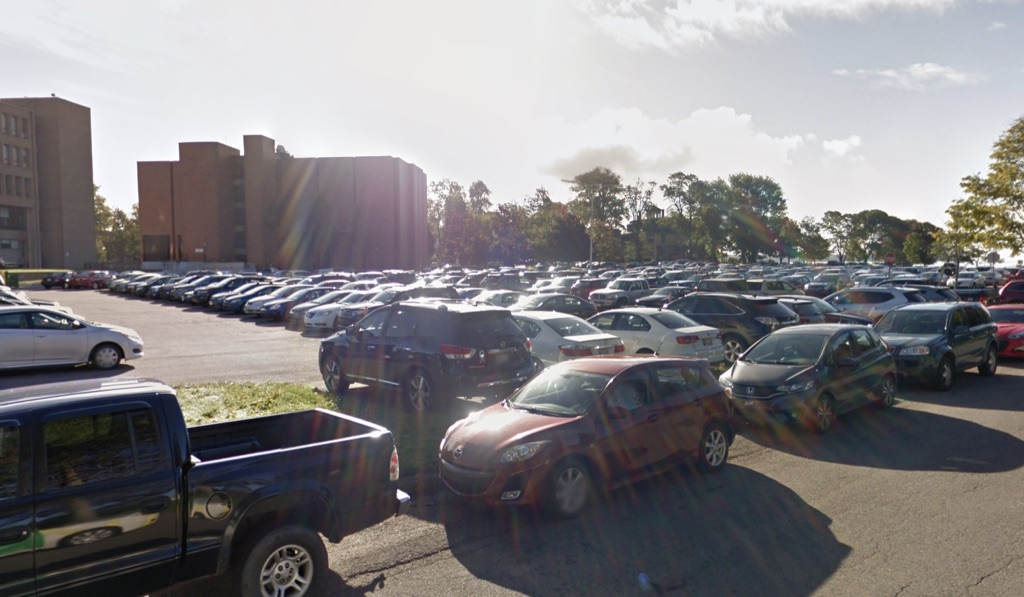
Fortuitously, two days ago I received an email from a member of Bike Friendly Charlottetown asking if I might have data that could bolster their case for building the active transportation lane across the Hillsborough Bridge that the previous government committed to. Always ready to do just-in-time research, I dug in yesterday, and the result was an additional act in my talk on that very topic.
First, I plotted the home postal codes of the 404 people who live in Stratford and work at Queen Elizabeth Hospital (the largest public employer of people who live in Stratford):
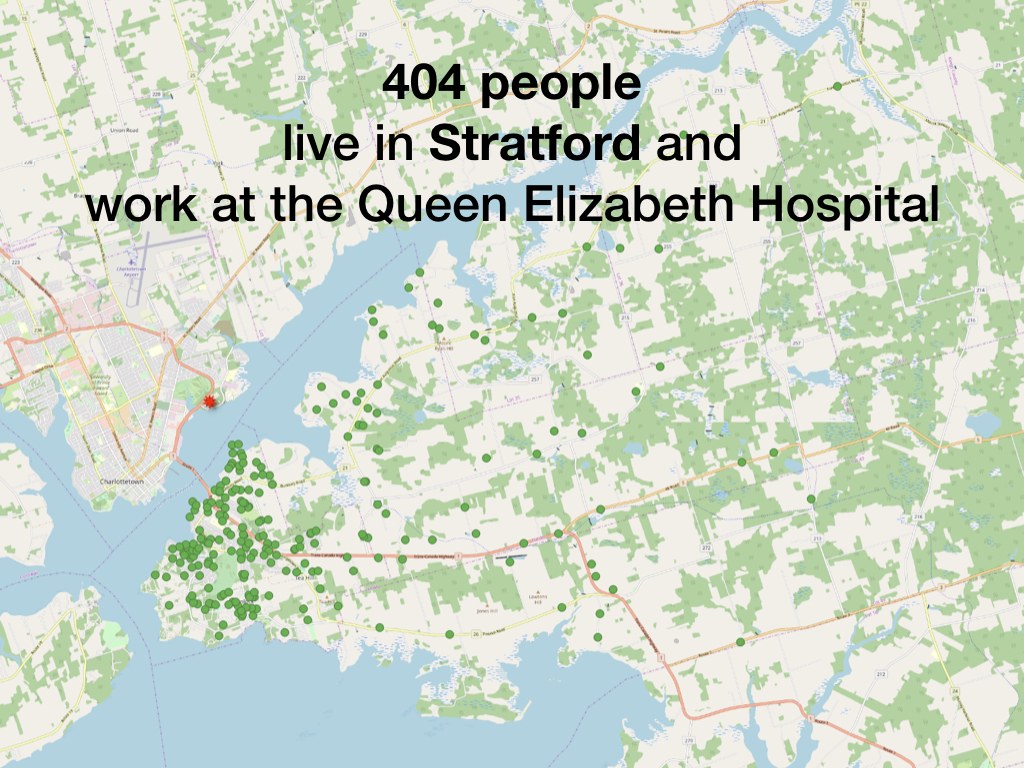
Next, I used the Openrouteservice plug-in for QGIS to calculate their combined total daily commute: Openrouteservice provided me with a driving distance for each postal code that I then merged with my employee count table to get the total commute distance, which I multiplied by two to get the commute to and from work. The result: 6,540 km of driving between Stratford and the QEH every day:
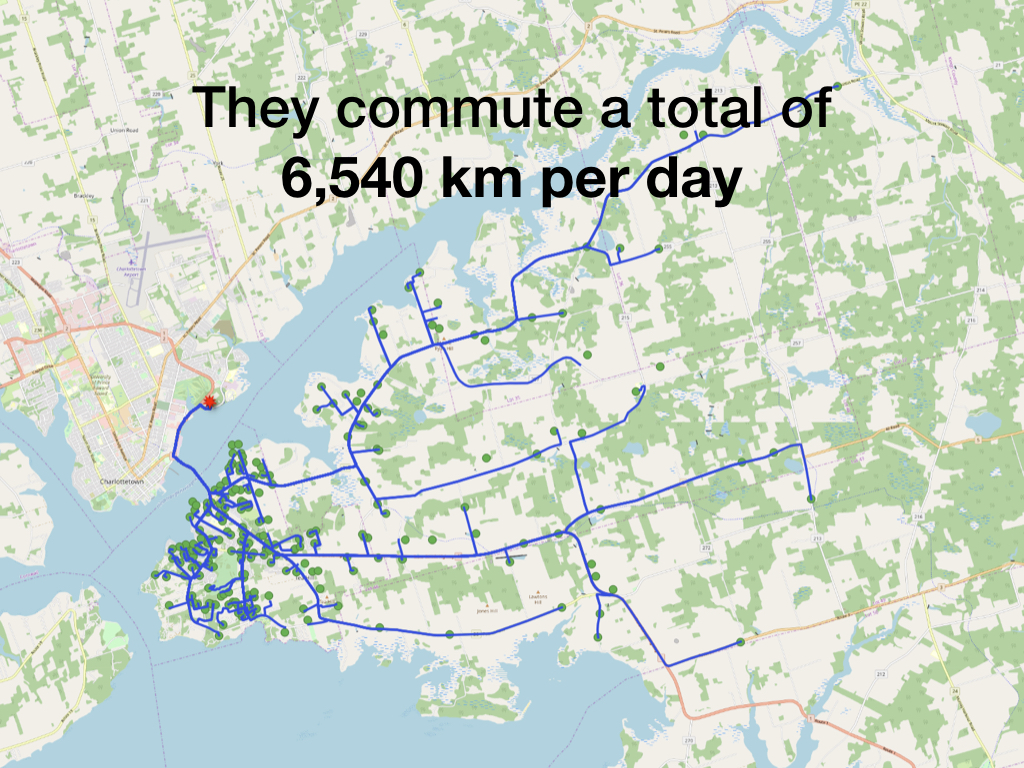
I took that 6,540 km of daily driving, and estimated the carbon emissions of those drives, using the EPA average figure of 251 grams per kilometer of driving, and then multiplying by 251 workdays to get a total emissions per year figure of 412 tonnes:
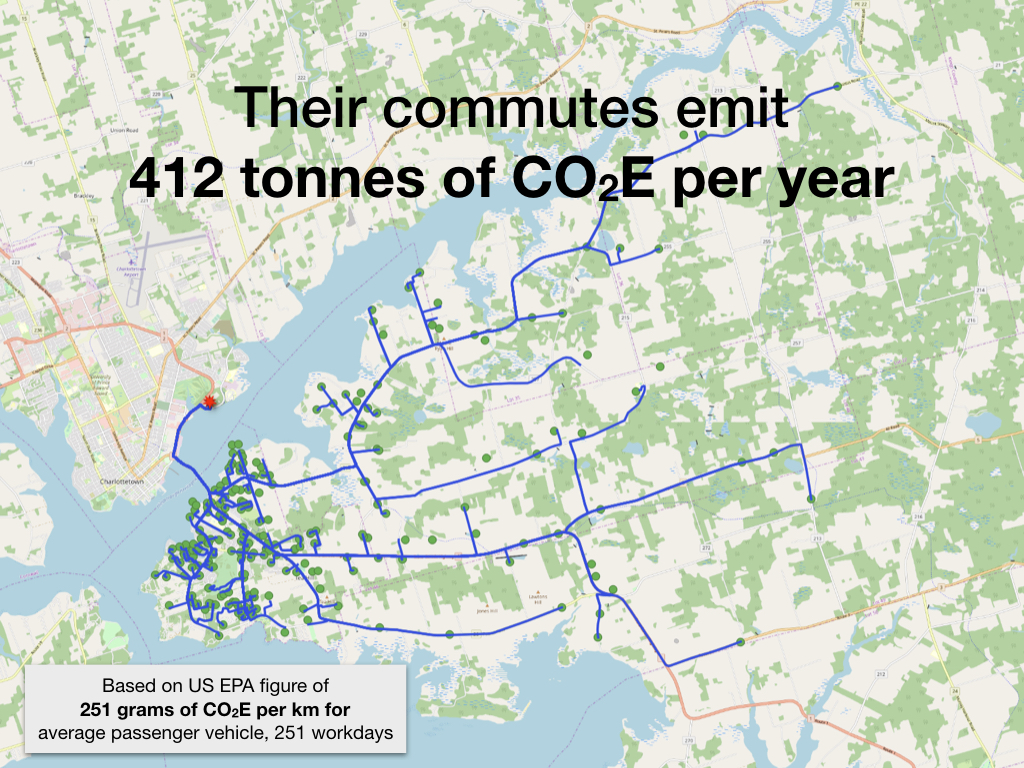
Next I used the Openrouteservice isochrone tool to determine that 333 of those 404 workers can cycle from home to the hospital in under 30 minutes:
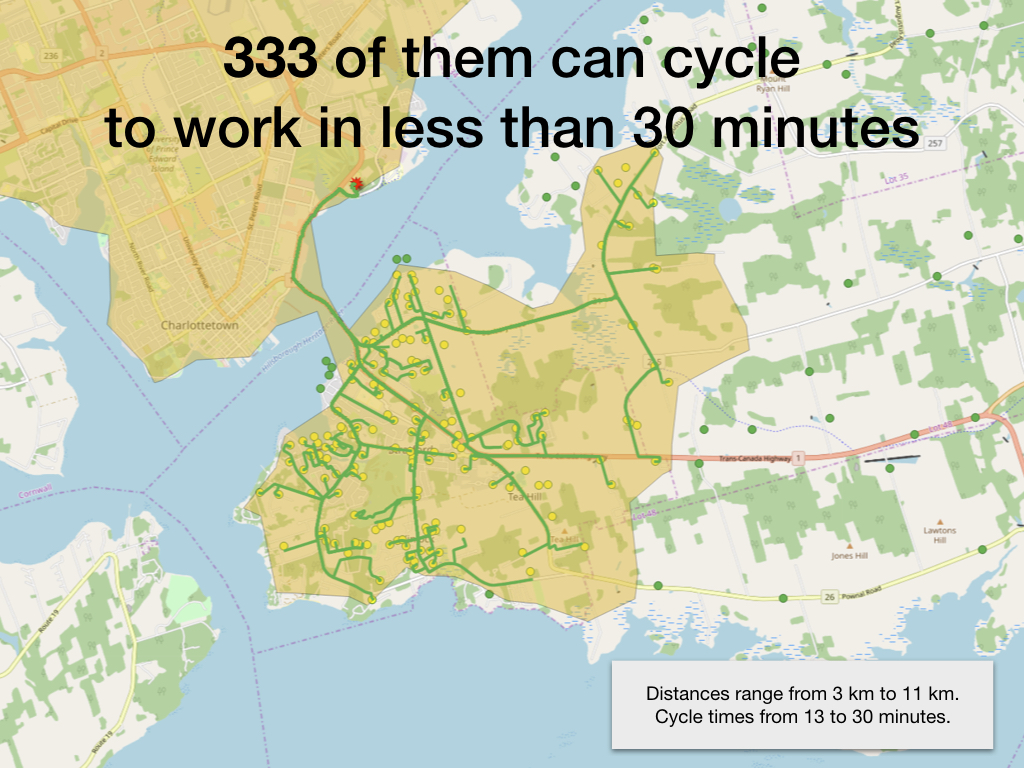
I used the Openrouteservice directions tool to calculate the driving directions for each of those 333 people, determining that if they’re each driving to and from work right now, they’re collectively driving 2,378 km every day:
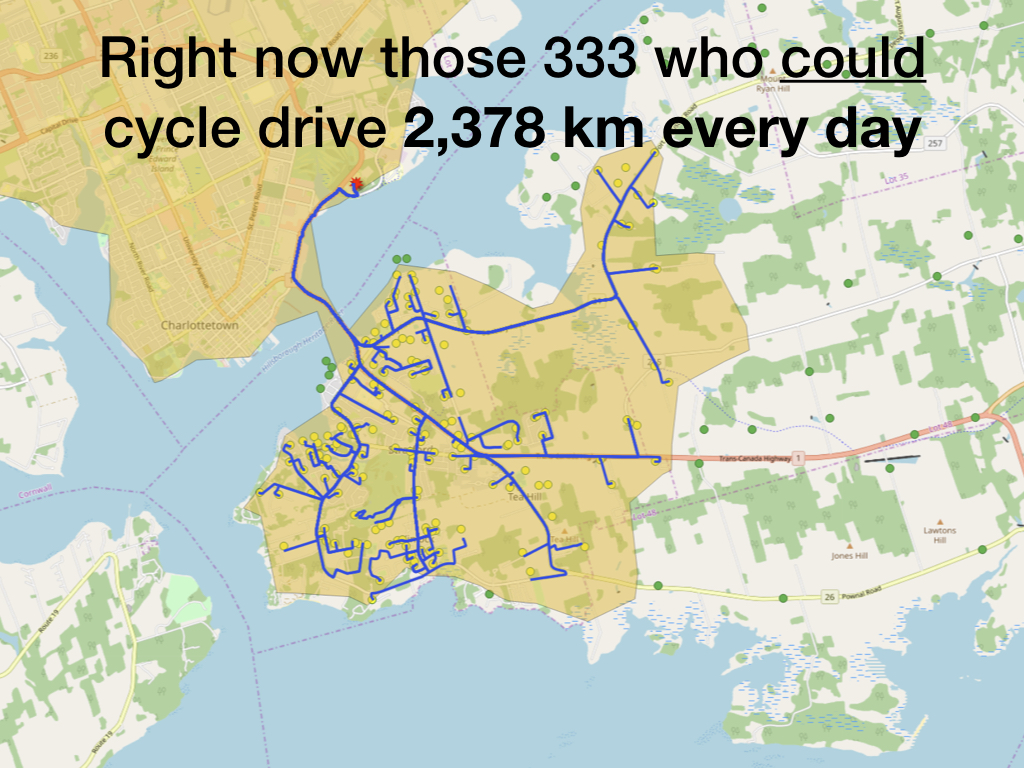
Finally, I calculated the emissions savings if all of those drivers switched to cycling: 149 tonnes of CO2E per year.
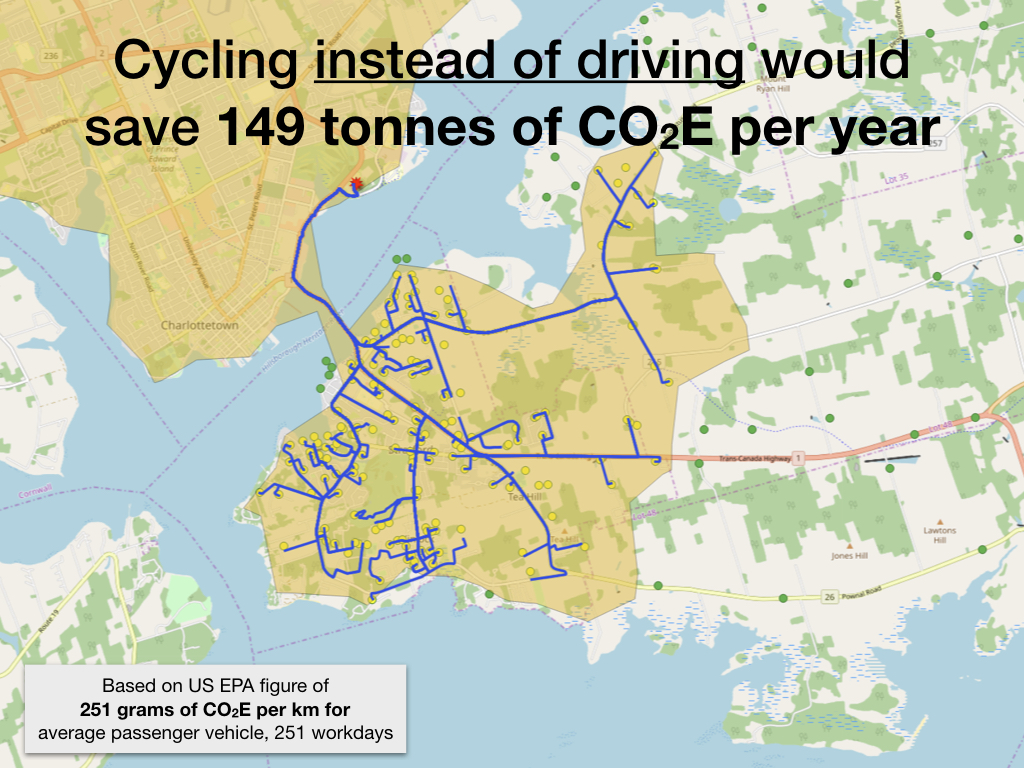
I’m only showing maximum potential, of course: 333 people could cycle to Queen Elizabeth Hospital, it doesn’t mean that they will, or that they’re physically capable of doing so, or that they have bicycles, or that it’s safe to do so, even with a lane on the bridge. But it’s a place to start: it shows us what we’re missing, and what we can strive for.
The engineers were a friendly, welcoming lot (and there were a lot of them — more engineers that I ever imagined PEI might have). They asked some good questions, told me some things I didn’t know (like the time in 1997 that the government closed the Provincial Admin Buildings parking lot for a week!). I’m hopeful that some of the data and approaches I demonstrated might prove useful as they conjure our transportation future.
You can download the slide deck I presented as a PDF; I’m working on assembling the data I used, and documenting the analysis I did in more detail, and you can stay tuned for that.
3 Al Purdys, from Bruce Cockburn’s 2017 album Bone On Bone, has been running through my head since I first heard it last week.
It may have inspired in me a newfound love for poetry, especially the poetry of Al Purdy, from which much of the lyrics of the song are drawn:
Stand in the swaying boxcar doorway
moving east away from the sunset and
after a while the eyes digest a country and
the belly perceives a mapmaker’s vision
in dust and dirt on the face and hands here
its smell drawn deep thru the nostrils down
to the lungs and spurts thru blood stream
campaigns in the lower intestine
and chants love songs to the kidneys
(Excerpt from Transient, by Al Purdy, from Rooms for Rent in the Outer Planets: Selected Poems 1962-1996).
In Rukavina family written history, perhaps the preeminent distillation of my grandmother Nettie came in a note she left for my father (her son) one day, taped to the back window of her house in Brantford, Ontario:
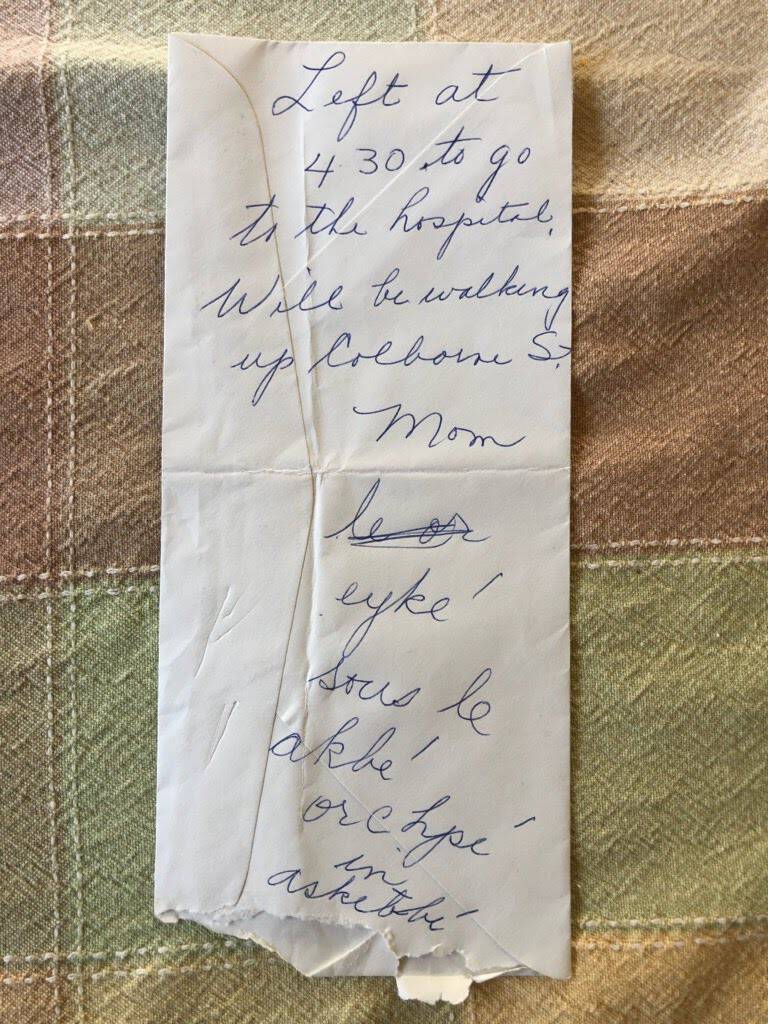
For those of you who don’t read Pig Latin, that’s “the key is under the back porch in basket.”
My grandmother placed a lot of faith in the notion that those of the criminal element were not skilled at foreign languages.
And in her son (who was).
It worked.
My father saved the note all these years, in an accordion file marked “Rukavina Memorabilia.”
Oliver and I arrived home last night on the Maritime Bus around supper time to find the larder in need of replenishing, so my first task on this bright fall day was to head to Riverview Country Market and Sobeys to do just that. Along the way I stopped at Charlottetown Vet Clinic for Ethan’s dog food, and at The Bookmark to pick up a just-arrived pre-order of Danny Gregory’s new book How to Draw Without Talent (based on his online course of the same name).
By the time I was done, the bicycle trailer was fully-loaded, and my body was a little weirded out by my sudden request that it spring to life and cycle 6 km after a week of sedentary reflection.
With no snow on the ground, and temperatures still mostly above zero, I’m managing to extend cycling season much longer than I have in years previous; I’m very happy about this, and thus somewhat dreading the coming of the bleak midwinter.
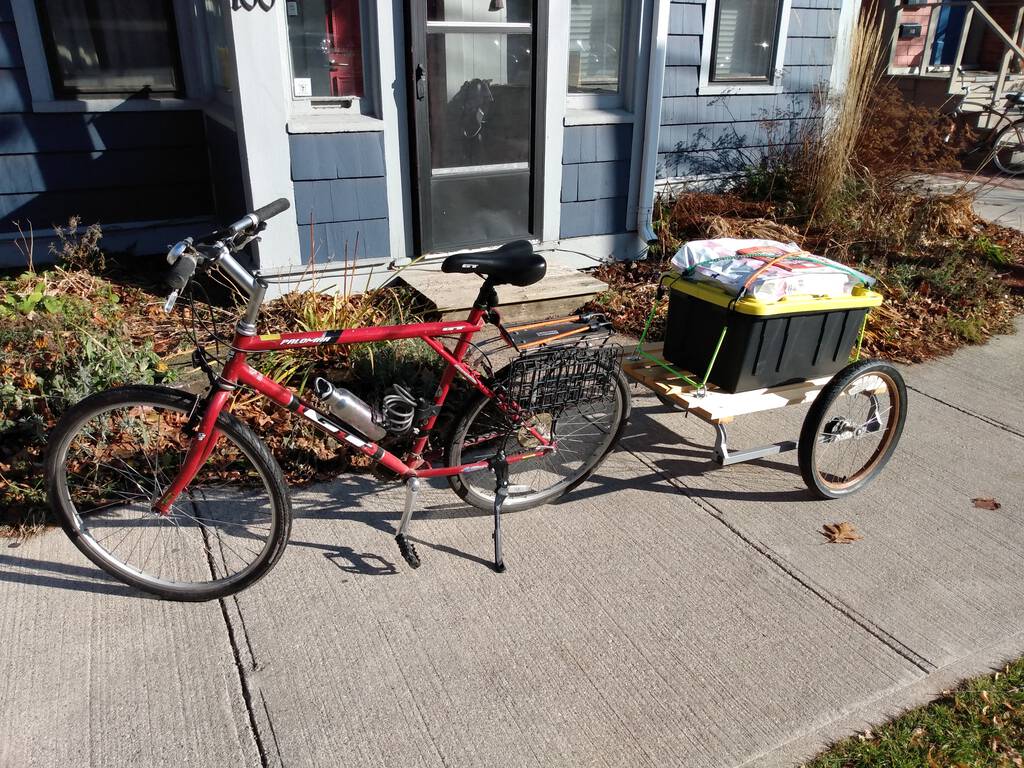
Toward the end of his career as a nearshore sedimentologist, one of the tools my father spent a lot of time working with was RoxAnn, which a paper of his describes like this:
RoxAnn is an acoustic processor which analyzes echo-sounder returns to produce a classification of bottom-sediment types which is then confirmed or adjusted with independent sample, diver or television data. Acoustic data are logged and displayed on a notebook computer running the survey program, Microplot. Microplot logs RoxAnn data and associated GPS positions at one-second intervals or about 2-3 m for the standard survey speed of 2-3 m/s and within the depth range of 2 to 30 m. Acoustic bottom types are displayed as they are collected on an electronic chart of the survey area within the Microplot program.
Put simply, RoxAnn bounces sound off the lake-bottom to see what’s down there — mud, sand, gravel, and so on.
As a RoxAnn survey proceeded, the position of the survey vessel would be logged, and could then be visualized as “tracklines,” like this:

One of the last areas that Dad focused his research on was the St. Clair river, which runs between Lake Huron and Lake Erie, past Sarnia and Detroit.
One day, during a RoxAnn survey of the river, unbeknownst to him, Dad’s technicians secretly arranged to send him a message via these tracklines. As he described it to us, when Dad got back at to his home base at the National Water Research Institute after the Sarnia trip, he was analyzing the data in Microplot and, the, as he watched the RoxAnn tracklines progress through the Government Dock in Sarnia, he watched his name spelled out in GPS traces — N O R M.
When he retired, he was presented with a poster of the result, which hung on his office wall for all the years after his retirement:
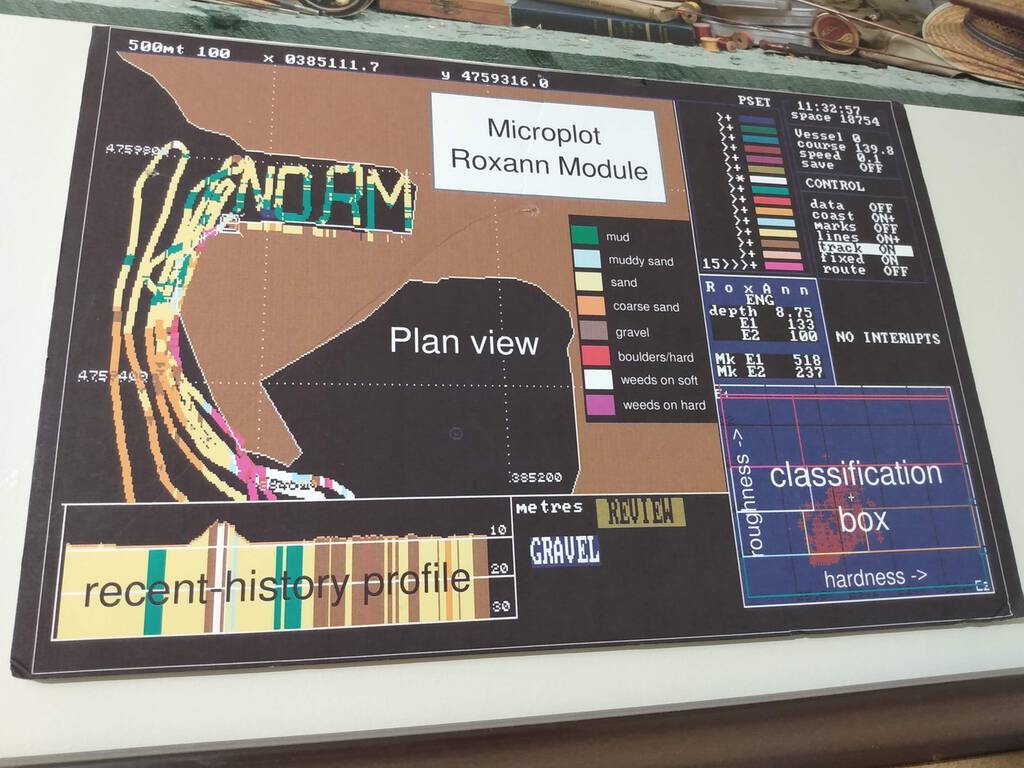
What a lovely parting homage to a distinguished career and a good working relationship it was.
Walking downstairs into my parents’ basement involved navigating a dark patch before you could get to the light switch for the basement lights, so my father installed a battery-powered motion-detecting LED light on the wall opposite that turns on as soon as you’re halfway down.
I walked up and down those stairs a lot this week, and every time that light came on I thought of my father, wherever he is now, whispering quietly “here, Peter, let me turn the light on for you.”
It has been a sad, hard, happy, brutal, emotional, lovely, intense week here in Ontario. It was all made fuller, more survivable, more possible, by the presence of my Mom, my three brothers, my sister-in-law, my nephew, and Oliver, all of whom rose to the challenge of helping all of us make it through a week of remembering Dad’s life, attending to the bureaucratic details of death, and remembering to eat.
Oliver and I are in Toronto tonight; tomorrow we board the VIA Rail train for Montreal, and tomorrow evening we’re overnight from Montreal to Moncton. It’s the slowest possible way home, but that’s exactly what we need right now.
Oliver and I were out for a walk yesterday in downtown Burlington, a brief bit of exercise between breakfast pizza and a family donut run, when I spotted this interesting typography on the side of 1355 Elgin Street.
I have a perverse admiration for the R. It’s weird, but somehow it works.
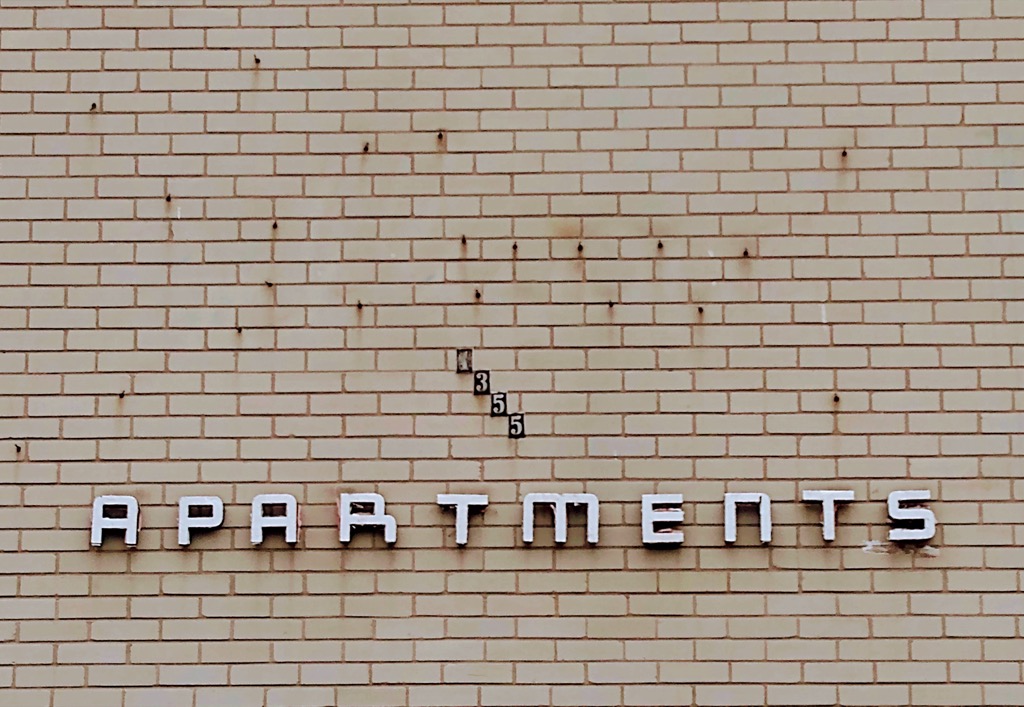
In the spring of 1980, the year I turned 14, Greyhound Lines, a bus company in the United States, ran a “Thank You Canada” special to mark our country’s role in the Canadian Caper that had seen U.S. diplomats in Iran rescued with the help of the Canadian Embassy.
By purchasing a Thank You Canada pass, Canadians could enjoy unlimited bus travel in the United States for a month.
For reasons I never have completely understood, my father proposed that he and I should take advantage of this offer and take an adventure together. And so we did. I must have missed a month of school; he must have missed a month of work; and my mother must have been convinced to stay at home with my three brothers as a temporarily-single parent.
And what a grand adventure it was.
We took a Canada Coach Lines bus from Hamilton to the Greyhound station in Buffalo where we bought our passes. As far as I can recall, we didn’t have a plan, other than to see where the bus would take us for 30 days.
We started off by heading west, from Buffalo to Chicago, through Des Moines, Omaha, Salt Lake City, Reno, and Sacramento. We had to switch buses a number of times, but we never stopped moving, never spent a night in a hotel until we got to San Francisco. Those were the days when smoking was allowed on buses, and so my enduring memory of that mad transcontinental dash is of the pungent cocktail of cigarette smoke and bathroom disinfectant.
The rigours of sitting on a bus for three days put Dad’s back into spasm, and so our time in San Francisco consisted of a lot of hobbling around. Until we got to Golden Gate Park and he decided that we should rent bicycles: his theory was that riding a bike would either disable him completely, or solve his back problems. Miraculously, it solved his back problems, and he was fine for the rest of the trip.
From San Francisco we went south, bypassing Los Angeles and stopping in San Diego for a night or two; from there, having reached the end of the U.S., we turned back east, stopping in Tucson, El Paso, San Antonio, and Springfield, spending a few nights in every city, usually at the YMCA or a cheap hotel. We ate a lot of chicken fried steak. We never did laundry. And we saw corners of the United States of America that we never would have seen otherwise.
I think, in the end, we were gone for 21 days, not quite wringing every last drop of our 30 day entitlement out of the pass, but coming pretty close.
The trip was, by times, grueling and uncomfortable and scary. But it was the best trip of my life, and the best gift a father could give his teenage son: 21 days of undivided attention in a “wherever the wind will carry us” spirit.
It is not an exaggeration to say that trip changed my life, and laid the groundwork for an approach to travel, and an approach to life, that has been far more fearless, confident, and improvisational than it might have been otherwise.
Whatever possessed him?
My father died yesterday, at the age of 82.
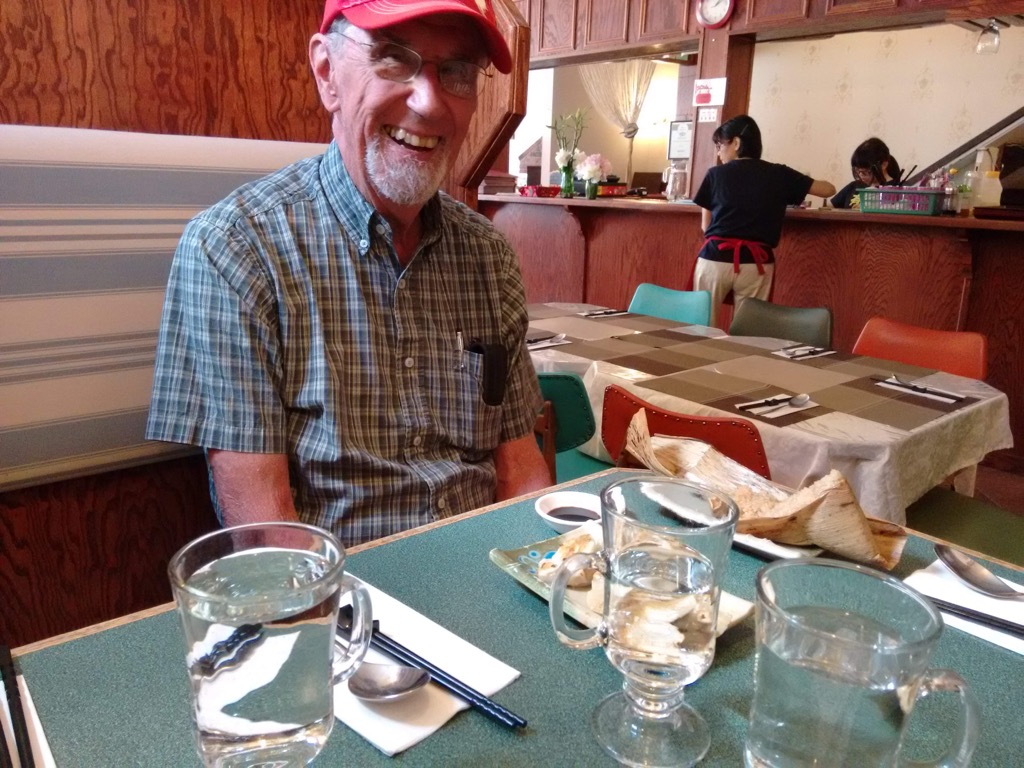
The official wrapper for the live video stream from the Legislative Assembly of PEI is here.
But you have options:
There’s a standalone page here (it’s what gets embedded in the page above).
There’s a M3U8 playlist file here (you can feed this to a video player l like VLC to watch the stream outside of a browser):
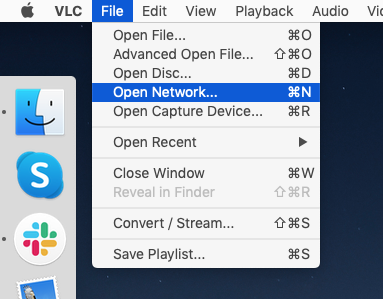
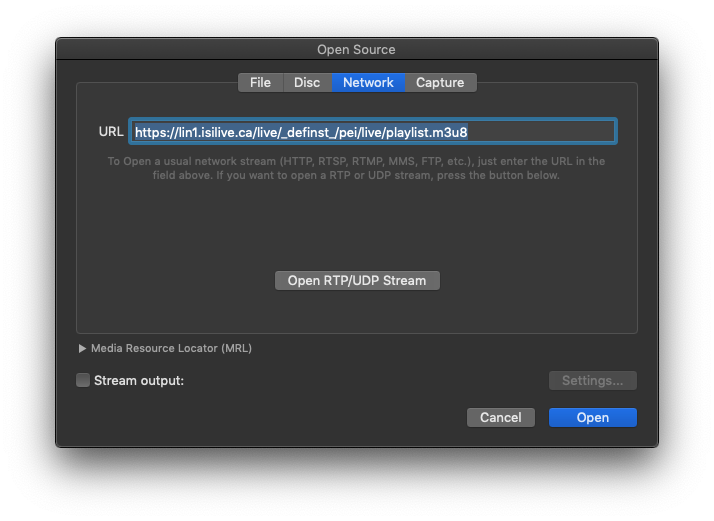
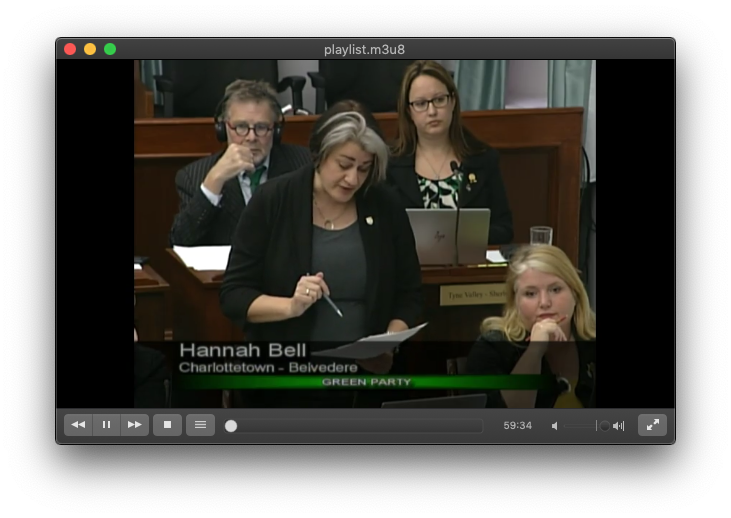
As a special bonus move in VLC, select Preferences > Video and then uncheck the “Window decorations” checkbox:
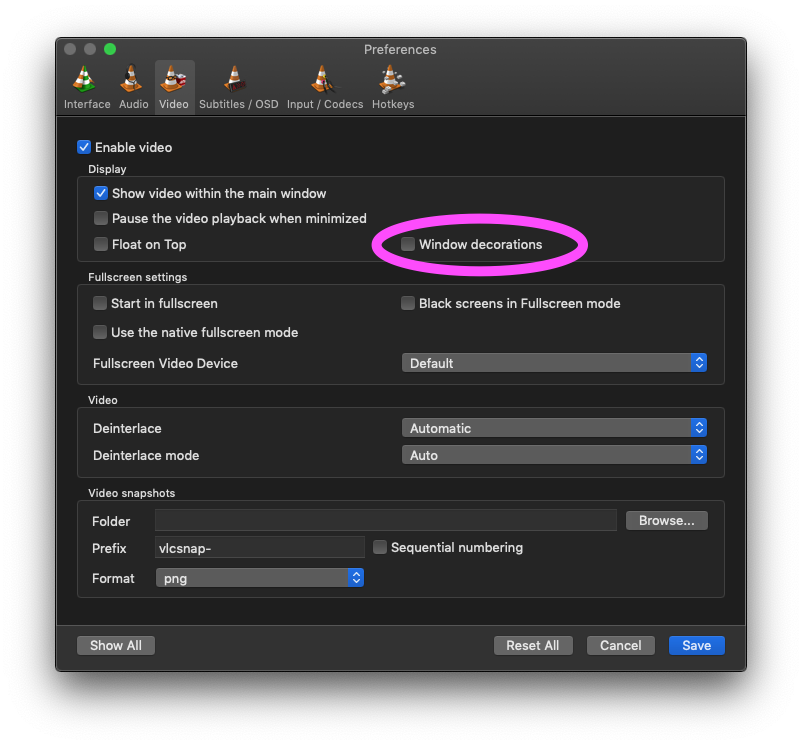
Once you do this you’ll have a tiny window with the video that you can tuck away in the corner of your desktop:
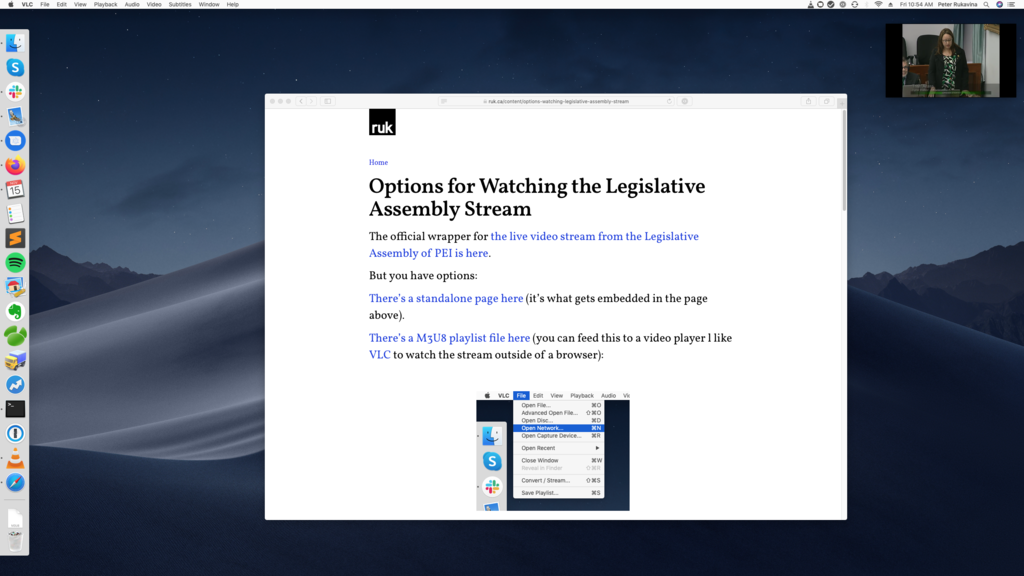
Selecting Video > Float on Top from the VLC menu will make sure your tiny floating window stays in the foreground when you’re using other applications.
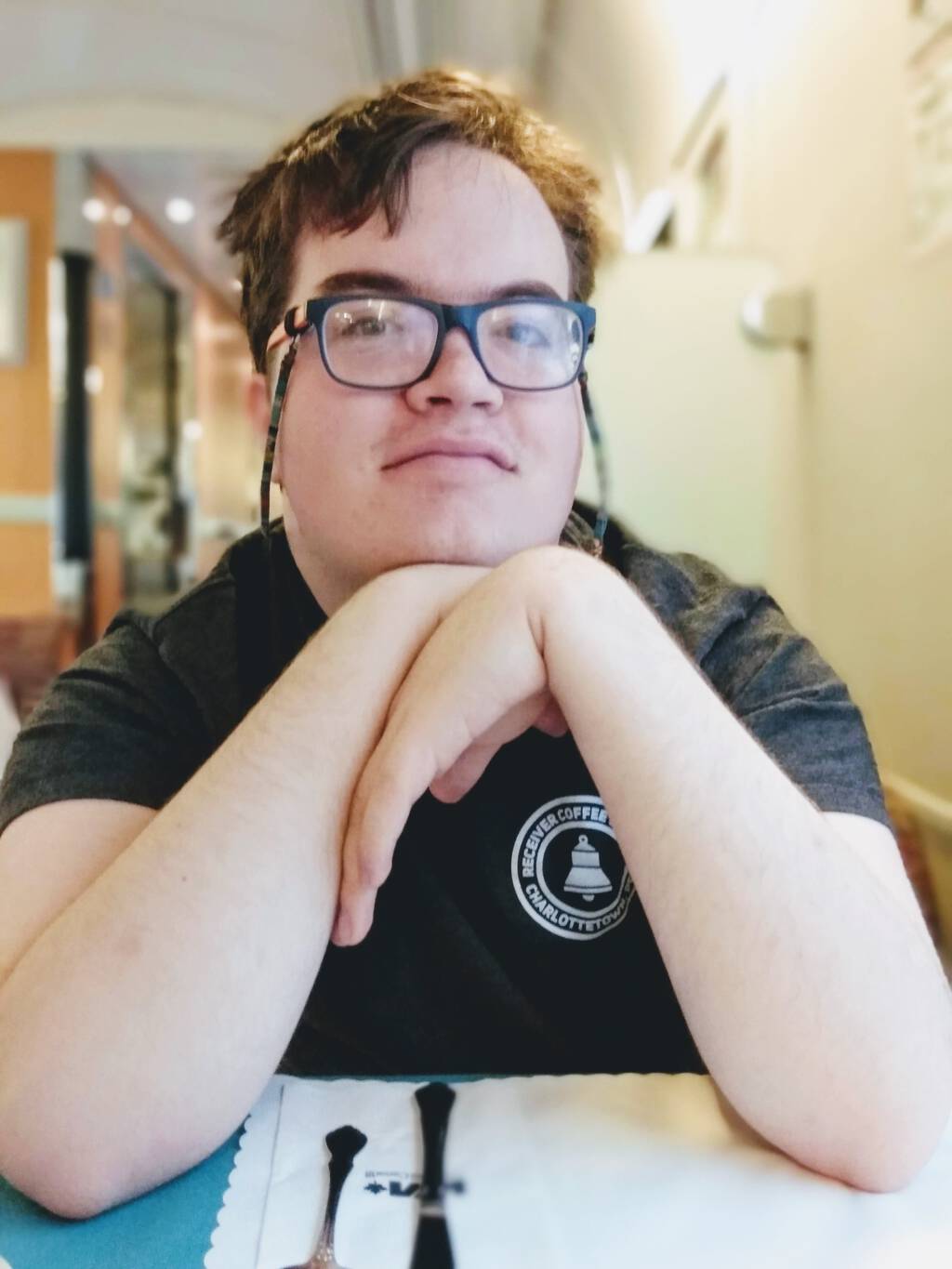
 I am
I am